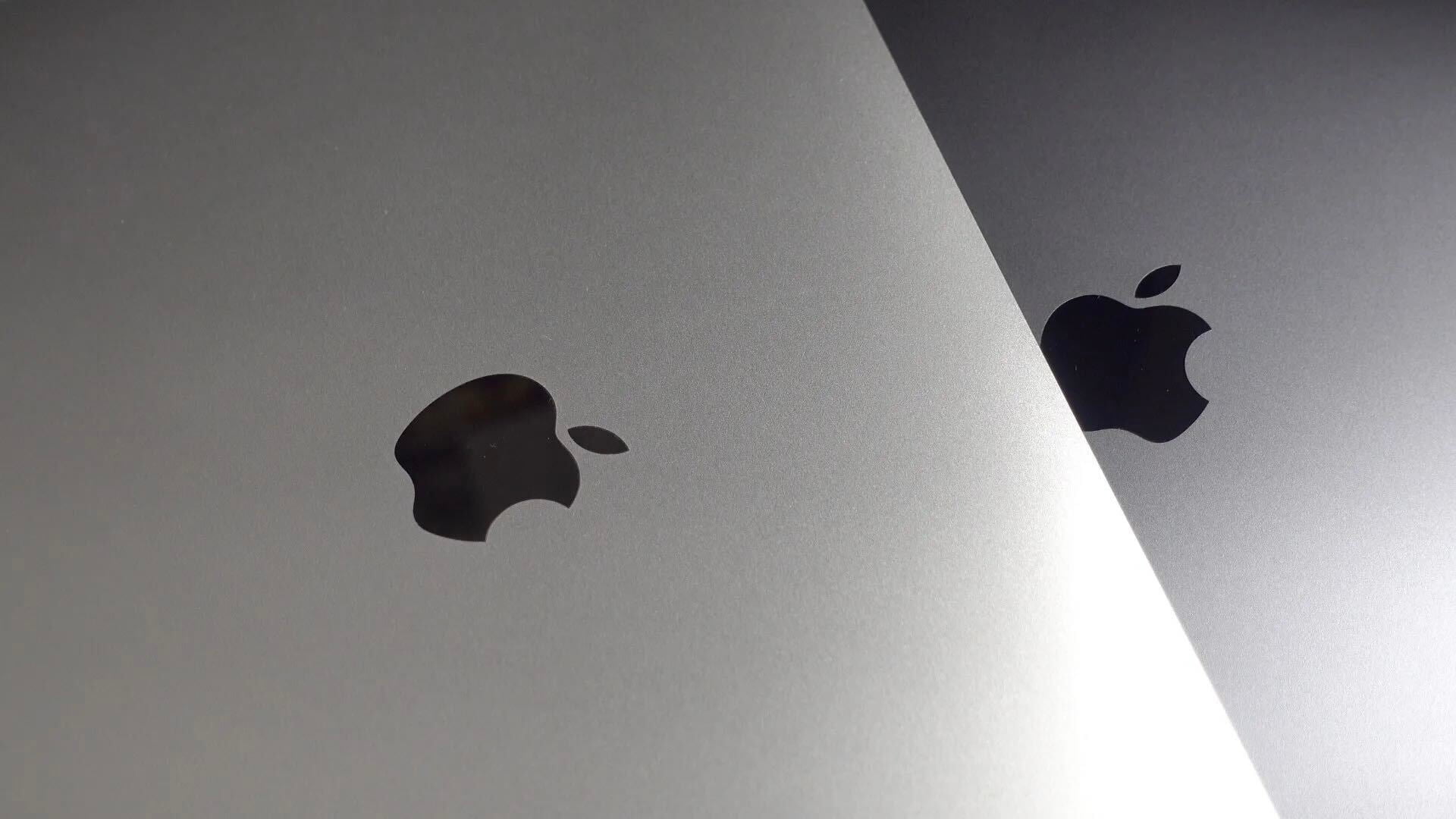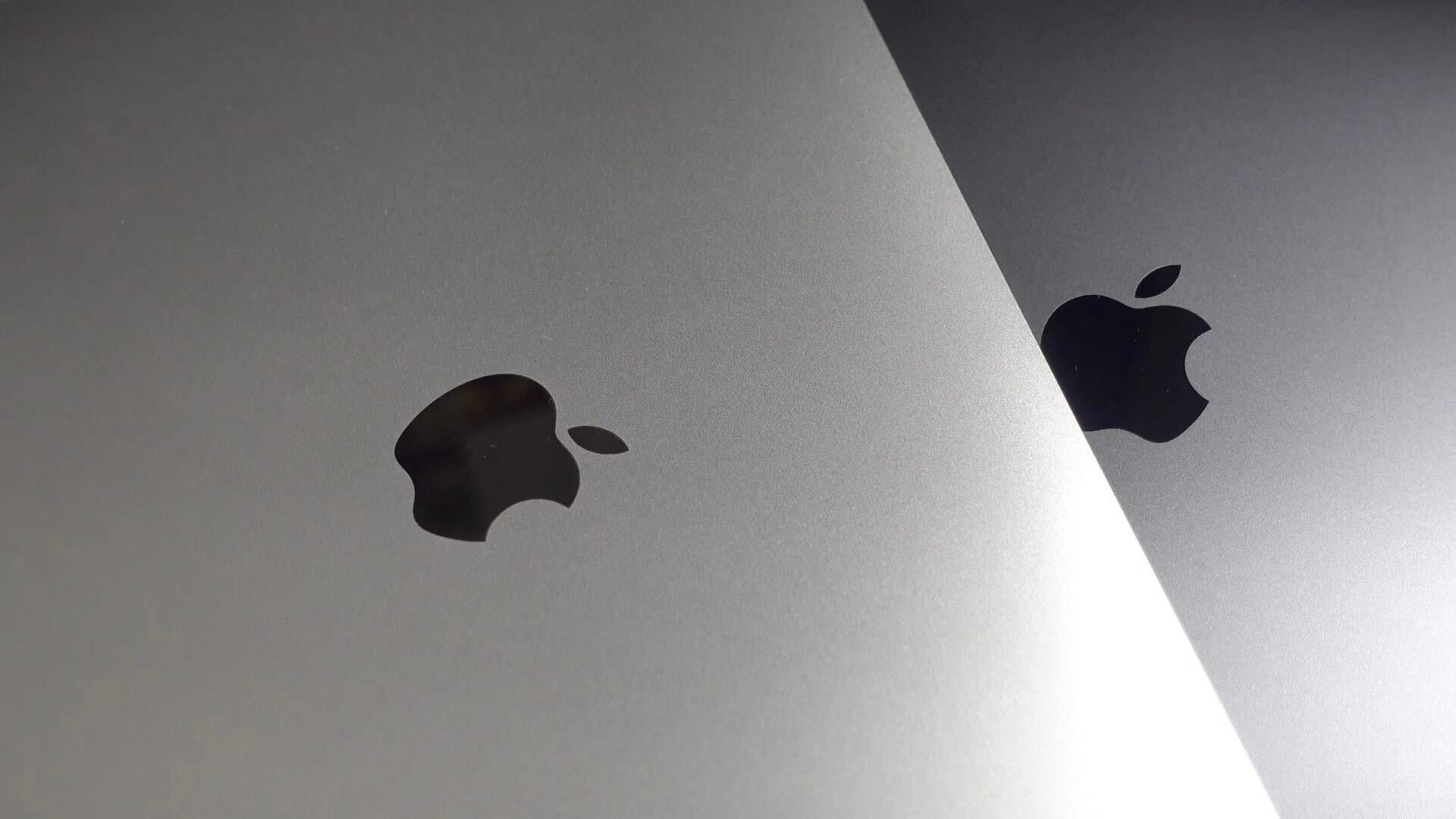
We learned this week that Apple shipped 74.8 million iPhones globally during the recent holiday quarter, which is just slightly up from the 74.4 million shipped during the same quarter the year prior and just under the 75 million that analysts expected.
Today Strategy Analytics has released new data showing how Apple’s last two years of shipments compare to competitors like Samsung and Huawei. The data also breaks down how Apple’s global smartphone marketshare stacks up to those same competitors.
As we already knew, Apple shipped 231.5 million iPhones globally in 2015 compared to 192.7 million globally the year prior, which maintains the company’s second place rank between Samsung and Huawei. Global iPhone shipments trailed Samsung’s 317.2 million smartphones shipped in 2014, and 319.7 million shipped last year.
Strategy Analytics especially notes that Apple’s global iPhone shipments are peaking and shifting its strategy around emerging markets like India is necessary to return to growth after the anticipated decline next quarter. Apple’s anticipated 4-inch iPhone 5se that 9to5Mac has reported on extensively will certainly become a player in these markets; the cheaper price will likely combat global current fluctuations Apple described earlier this week during its earnings call.
Also of note, in total Strategy Analytics says the total number of smartphones shipped globally in 2015 hit 1.4 billion units, up from 1.2 billion the year prior, marking a 12% increase.
And in terms of global marketshare by vendor, Apple climbed 1.1% in 2015, moving from 15% to 16.1%. Samsung, which remained in the top spot, dropped 2.5% from 24.7% to 22.2% between 2014 and 2015. Samsung did, however, regain marketshare at Apple’s expensive during the holiday quarter as you can see below:

Counterpoint Research, another firm tracking smartphone data, notes that 3 in 5 smartphones shipped in 2015 were LTE capable, adding that 900 million LTE smartphones were shipped globally last year. The firm similarly reports the same 1.4 billion smartphones shipped globally last year.
One last interesting detail: Counterpoint says that 850 smartphone brands were competing in 2015, but the top 20 brands maintained 85% of total smartphone shipments.
The major takeaway the new Strategy Analytics data is that Apple’s perhaps temporary peak iPhone quarter indeed suggests the company will need to look to emerging markets for new opportunity, and on the Android side Huawei has gained steam while Samsung remains on top for now.
FTC: We use income earning auto affiliate links. More.




I remember the times when the sony erickson was the top of the line. And the models with more buttons where top class. How times have changed. Sony doesn’t even appear anymore.
I had a friend that had the Nokia 8800 series, I think he paid $800 for it. It was cool at the time, but it was just a cell phone with limited functionality That’s what i thought was the top of the line in the early 2000’s.
Sony still makes incredible phones that actually outclass the iPhone in a few ways. For some reason, though, they choose not to market directly to Americans.
Samsung is swimming out in the water when the Jaws Theme starts playing…
The so-called ‘peak’ is only because the previous year had an extremely popular phone for which many people were waiting (going to larger screen). That huge year was not normal, if you recognize that for what it is Apple’s growth is actually perfectly linear from the 4s through to the end of 2015.
Apple’s outlook indicates a drop over the next 3 months compared to the previous year, this is partly the effect of the hugely successful iPhone 6 last year and partly because of wider economic conditions. When Apple actually reports such figures in 3 months time investors will really panic!
There is Google, Microsoft, Samsung… and Apple is the one to cause panic
I’d love to be the CEO of Others.
Those number from Samsung are not restricted to flagship-only phones
Apple don’t just sell one iPhone – they sell 5 different models, in different specs. Unless you think the iPhone 5s is the same as the flagship 6s+ model?
Since, u r educating me, kindly mention the every single Samsung model.
Your comment “….Samsung are not restricted to flagship-only phones” implies that the Apple figure shown is only from it’s flagship phone, i.e the iPhone 6S+. It’s not. It takes into account the FIVE phones Apple sells – only one of which is the flagship.
I KNOW those figures takes into account all of the Samsung models available – so do you. I also know that those figures take into account all of the phones Apple sells. You don’t.
That’s not educating you. It’s stating a fact.
What would be more relevant would be having the data organized by price range, since many of the Android mfg don’t sell $450 (unlocked) or higher smartphones as many of them only sell smartphones that have an MSRP of less than $450, so the Android mfg are catering more towards the price sensitive market, which is bigger. Duh. And that would also explain why the Android mfg simply don’t make any profit, there’s no money in the low priced smartphone market.
While important to someone cheerleading Apple’s grotesque profit margins, those numbers you mention don’t really matter in the overall scheme of things. The end result of these charts is that someone has purchased a “pocket computer” (regardless of brand) and those computers (smartphones) all essentially perform the exact same tasks for the owner. How much they paid for them matters only to Apple and its investors, really.
It’s actually quite difficult to compare companies like this — each company has a different amount of phones on the market that count towards the overall sale.
I remember a time when i used to own the ericsson T20e… it was a flip phone that was supposed to have been used in the first tomb raider movie – as a special promotion i got a free tomb raider bag and 2 posters… i felt so cool have this small flip phone.
Later 3G came out… i remember no one really being too sure, but i jumped on the bandwagon with the nokia leaf – coloured screen, split keyboard, 3g networking speeds — but the signal was crap and patchy – most of the uk was still 2g…
i went back to ericsson, by which point became sony ericsson — my family got tired of nokia and tried my phone and they have been using sony ever since… i moved on the the iphone with iphone 4.
I must admit though – if it werent for the contract tie in, or the investment into apple apps etc, i probably would have ventured over to android — im finding apple a bit dated now — the iOS is boring and they just keep tagging things on…i remember when apple was exciting…i want my phone to be exciting.
“Peak iPhone” is not a temporary thing, it’s the reality moving forward. Apple won’t compete in the low-end, so they will eventually have to settle for the 10% or less of the world for whom money is no object, and that will be a fine way to make money. So they can be the “Rolls-Royce of electronics” if they want, but if you really think about it, that sounds like a really absurd and potentially unrealistic/unsustainable long-term business model. Most people who now view electronics as they do cars, simply won’t do that once the features become too similar (commoditized), which is already happening.
I can easily understand the Samsung’s decline. When I was shopping for a new phone this autumn (I’m always out of contract so I’ll change phone as often as I like), the choices were iPhone 6S Plus or Google/Huawei Nexus 6P. This time the latter won as I’ve never been a big fan of the “S” cycle of iPhones. Samsung was never an option, price is not right and with Android I don’t like what the manufacturers add to their devices.
Huawei seems to have quite interesting Android phones on their own brand as well.
According to a report from KantarWorldPanel, iOS has almost 23% share globally!
http://softwareall4.blogspot.in/2016/07/smartphones-market-share-android-vs-ios.html